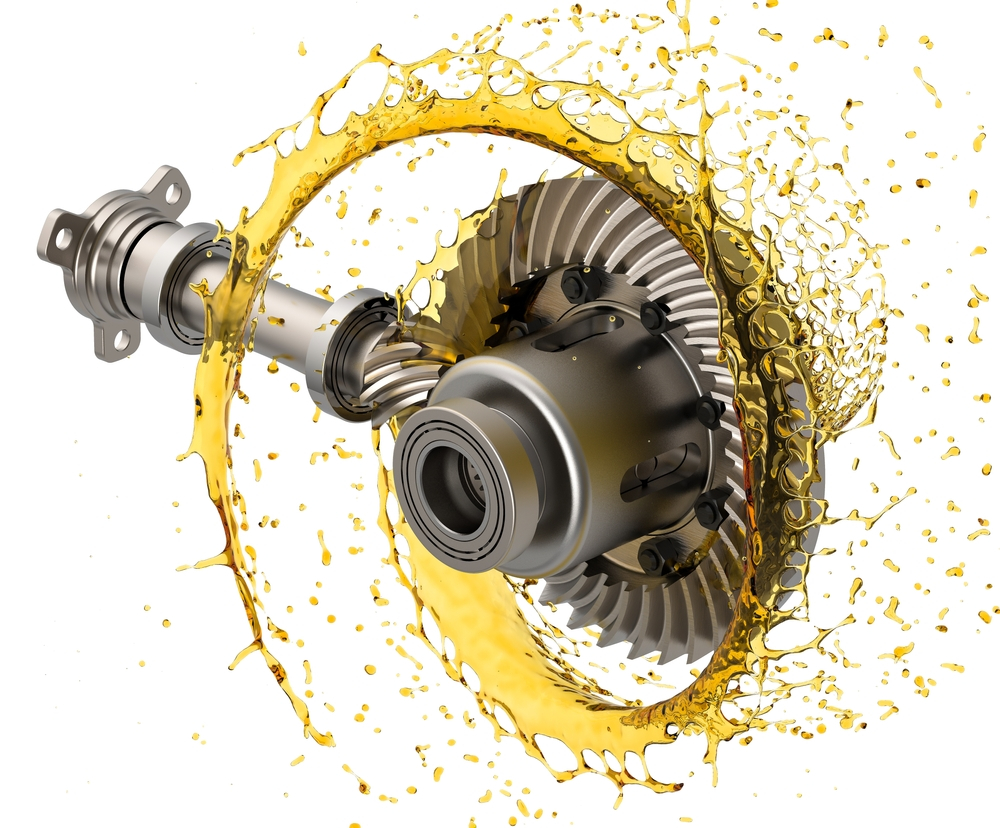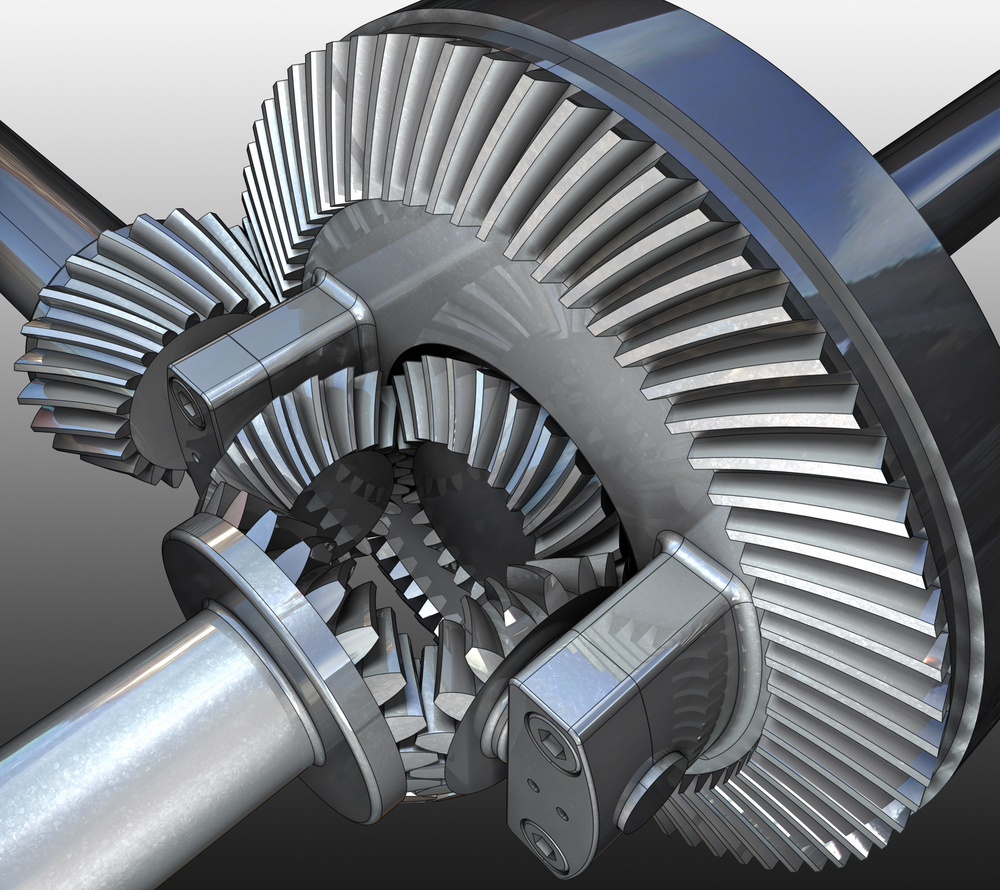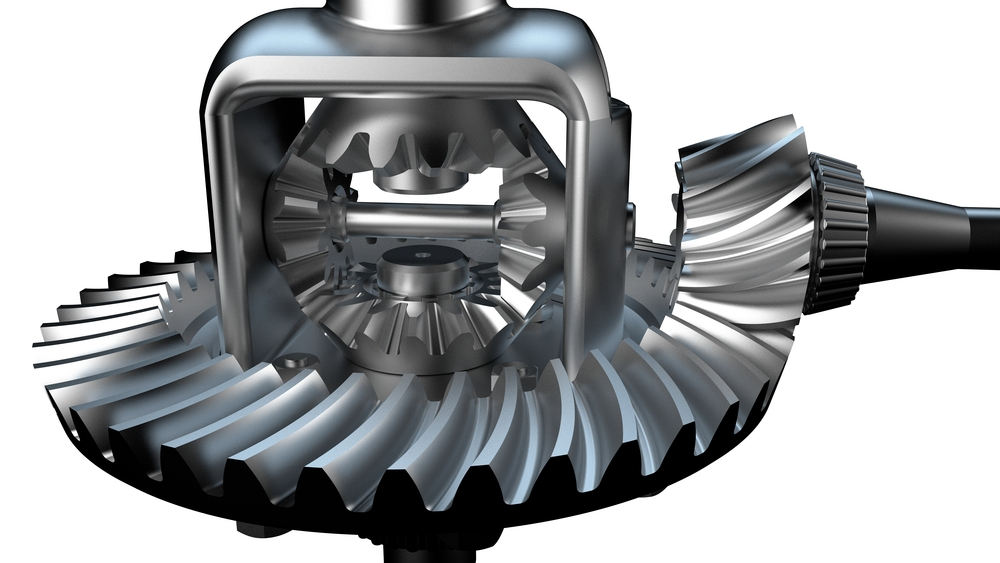Product Description
Product Description
| Material: | 45#Steel,20CrMnTi,40Cr,20CrNiMo,20MnCr5,GCR15SiMn,42CrMo,2Cr13stainless steel,Nylon,Bakelite,Copper,Aluminium.etc |
| Process: | The main process is Gear Hobbing, Gear Shaping and Gear Grinding, Selecting production process according to the different products. |
| Heat Treatmente: | Carburizing and quenching ,High-frequency quenching,Nitriding, Hardening and tempering, Selecting heat treatment according to the different materials. |
| Testing Equipment | Rockwell hardness tester 500RA,
Double mesh instrument HD-200B & 3102, Gear measurement center instrument CNC3906T other High precision detection equipments |
| Certification | 0.1-90 kg |
| Casting Size: | Max linear size: 1200 mm, Max diameter size: 600 mm |
| Machining tolerace: | GB/T19001-2016/ISO9001:2015 |
| Machining surface roughness: | Ra0.8 ~ 6.3 um |
| Material standard: | GB, ASTM, AISI, DIN, BS, JIS, NF, AS, AAR |
| Usage: | Used in printing machine, cleaning machine, medical equipment, garden machine, construction machine, electric car, valve, forklift, transportation equipment and various gear reducers.etc |
| Quality control: | 100% inspection before packing |
| Manufacture Standard | 5-8 Grade ISO1328-1997. |
Company Profile
SIMIS CASTING, established in year of 2004, is a professional foundry, including integrating development and production together, specialized in producing various kinds of investment casting parts, and CHINAMFG parts. These casting parts are widely used in automobile industry, railway vehicle, construction machine, municipal works, pipeline, petrochemical industry, mine, electric utility industry and so on.
SIMIS has 6 affiliated casting workshop and 2 professional CNC machining workshops. There are 500 staffs and 40 engineers now in our company. Its annual production capacity for all types of casting parts is about 3000 tons. Holding over 100 sets of advanced casting parts, machining and test equipments.
Gear including planetary gear, spiral gear, bevel gear, spiral bevel gear, helical gear, spur gear, helical spur gear, conical gear, CHINAMFG pinion gear, conical CHINAMFG and bevel gear, worm gear and shaft, we can make standard thickness gear 1 to 8 Module, 1M12, 2M20, 2.5M25, 3M30, 4M40, 5M50, 6M60, 8M80. Non-standard thickness 2 to 8 Module: 2M16, 2.5M20, 3M20, 4M30, 4M35, 5M40, 5M30, 6M40, 6M50, 8M60. We can also make customized gear according to your drawing or sample.
Sprocket including simplex sprocket, duplex sprocket, triplex sprocket, and has 45 steel finished hole sprocket, 06B 06C 08A 08B 08C 10A 12A 16A 24A sprocket and so on.We can also make customized gear according to your drawing or sample too.
Welcome you come to visit us for customized various types of non-standard gear, sprocket synchronous wheel, helical gear, bevel gear, shaft, worm gear and other products with the lowest quality!
Application Field
Testing Ability
| Dimensional | Non-Destructive Tests(N.D.T.) | Chemical & Mechanical |
| Surface Roughness Test | Dye Penetrant | Chemical analysis |
| Microscopic Measurement | Radiography (RT) | Metallography |
| 3D ScHangZhou | Magnetic Particle (MT) | Tensile Strength |
| CMM | Ultra-Sonic (UT) | Yield Strength |
| Impact Test | Hardness Test | Elongation Rate |
| Shrinkage Rate |
Surface Treatment
FAQ
Q1:Are you manufactory or trade company?
A1:We are an enterprise integrating manufacturer and trade for many years already in ZheJiang province, China. And we are AAA grade credit enterprise, and also we have cooperative plants to provide other services such as plating and coating .
Q2: How could I get a free quotation?
A2:Please send us your drawings by Alibaba or email. The file format is PDF / DWG / STP / STEP / IGS and etc. IF there are no drawings, we can make the drawings according to your samples!
Q3:How to control quality?
A3:First, all raw materials are inspected by the quality control department before they are put into storage. Second, during the casting process, 3 times of spectral analysis were performed at the front, middle and back respectively. Third, after the parts are cleaned, perform a first visual inspection to check whether the product has casting defects before sending it to the next process. Fourth, conduct a comprehensive QC inspection of each part before shipment, including chemical composition, mechanical properties and other specific tests. Transactions can be through Alibaba’s trade assurance.
Q4:Can we have our Logo or company name to be printed on your products or package?
A4:Sure. Your Logo could be printed on your products by Hot Stamping, Printing, Embossing, UV Coating, Silk-screen Printing or Sticker.
| Application: | Motor, Electric Cars, Motorcycle, Machinery, Marine, Toy, Agricultural Machinery, Car |
|---|---|
| Hardness: | Hardened Tooth Surface |
| Gear Position: | External Gear |
| Samples: |
US$ 5/Piece
1 Piece(Min.Order) | Order Sample |
|---|
| Customization: |
Available
| Customized Request |
|---|
.shipping-cost-tm .tm-status-off{background: none;padding:0;color: #1470cc}
|
Shipping Cost:
Estimated freight per unit. |
about shipping cost and estimated delivery time. |
|---|
| Payment Method: |
|
|---|---|
|
Initial Payment Full Payment |
| Currency: | US$ |
|---|
| Return&refunds: | You can apply for a refund up to 30 days after receipt of the products. |
|---|

How does a differential gear distribute power between the wheels?
A differential gear is responsible for distributing power between the wheels of a vehicle, allowing them to rotate at different speeds while maintaining torque transfer. Here’s a detailed explanation of how a differential gear accomplishes this:
1. Power Input:
The differential gear receives power from the transmission or driveshaft connected to the engine. This power is transmitted to the differential assembly, which is typically located in the axle housing.
2. Ring and Pinion Gears:
Within the differential assembly, the power from the driveshaft is transferred to the ring and pinion gears. The ring gear is a large gear that surrounds the differential assembly, while the pinion gear is a smaller gear connected to the driveshaft. The interaction between these gears allows the power to be redirected.
3. Side Gears and Spider Gears:
The ring gear is connected to side gears, also known as bevel gears, through a set of small gears called spider gears. The side gears are attached to the axle shafts, which are responsible for transmitting power to the wheels. The spider gears allow the side gears to rotate independently of each other while maintaining torque transfer.
4. Differential Action:
As the vehicle moves, the differential gears enable the wheels to rotate at different speeds during turns. When the vehicle is moving in a straight line, the spider gears rotate smoothly, allowing equal power distribution to both wheels. However, during a turn, the inside wheel travels a shorter distance than the outside wheel, causing them to rotate at different speeds.
5. Speed and Torque Distribution:
The differential gear adjusts the speed and torque distribution between the wheels based on their rotational differences. When the vehicle is turning, the spider gears allow one wheel to rotate faster than the other, ensuring that torque is transferred to the wheel with better traction. This allows the wheels to rotate at different speeds, preventing tire scrubbing and providing smooth cornering.
6. Limited-Slip and Locking Differentials:
In certain differential systems, such as limited-slip differentials or locking differentials, additional mechanisms are incorporated to enhance traction and power distribution. Limited-slip differentials use clutch packs or friction plates to provide a predetermined amount of resistance, allowing some speed differentiation between the wheels while still transferring power. Locking differentials, on the other hand, lock the side gears together, ensuring equal torque distribution to both wheels, regardless of traction conditions.
7. Differential Types:
There are various types of differentials, including open differentials, limited-slip differentials, electronic differentials, torque vectoring differentials, and more. Each type has its own mechanisms and technologies to distribute power between the wheels effectively, depending on the vehicle’s requirements and driving conditions.
In summary, a differential gear distributes power between the wheels by utilizing a system of gears, including ring and pinion gears, side gears, and spider gears. The differential action allows the wheels to rotate at different speeds during turns, ensuring smooth cornering and preventing tire scrubbing. Additional mechanisms, such as limited-slip or locking differentials, can further enhance traction and power distribution in various driving conditions.

How do differential gears contribute to traction in slippery conditions?
In slippery conditions, such as driving on ice, snow, or wet surfaces, differential gears play a crucial role in improving traction and maintaining vehicle control. Here’s a detailed explanation of how differential gears contribute to traction in slippery conditions:
- Torque Distribution: Differential gears allow torque to be distributed between the wheels on the same axle. In slippery conditions, where traction is reduced, differential gears enable power to be sent to the wheels with better grip. This distribution of torque helps maximize traction and prevent wheel spin.
- Wheel Speed Variation: In slippery conditions, the wheels on the same axle may encounter different levels of traction. For example, one wheel might be on a patch of ice while the other is on a surface with better grip. Differential gears accommodate this variation by allowing the wheels to rotate at different speeds. This wheel speed variation helps ensure that power is directed to the wheels with more traction, improving overall grip and stability.
- Slip Limitation: When one wheel loses traction and starts to slip, the other wheel with better grip can potentially receive less power due to the default behavior of an open differential. However, some differential systems employ advanced features like limited-slip differentials (LSD) or electronic traction control systems. These systems detect wheel slip and apply mechanisms to limit slip and redirect power to the wheel with better traction, effectively improving traction in slippery conditions.
- Positive Traction Devices: In some cases, differential gears can be equipped with positive traction devices such as locking differentials or electronic locking differentials. These devices lock the differential gears, forcing both wheels on the same axle to rotate at the same speed. This feature is particularly beneficial in extremely slippery conditions where maximum traction is essential. By locking the differential, these devices ensure that power is evenly distributed to both wheels, maximizing grip and traction.
- Off-Road Capability: Differential gears with advanced features like limited-slip differentials or locking differentials are commonly employed in off-road vehicles. These vehicles often encounter challenging terrain with low-traction conditions. The differential systems in these vehicles enhance off-road capability by transferring power to the wheels with the most traction, preventing wheel spin, and allowing the vehicle to navigate through difficult terrain more effectively.
In summary, differential gears contribute to traction in slippery conditions by distributing torque between wheels, accommodating wheel speed variation, limiting slip through advanced features, and offering positive traction devices. These mechanisms allow power to be directed to the wheels with better grip, improving traction, stability, and overall vehicle control in slippery conditions.

How do differential gears contribute to handling and stability in vehicles?
Differential gears play a significant role in enhancing the handling and stability of vehicles. Here’s a detailed explanation:
Differential gears contribute to handling and stability in vehicles in several ways:
1. Independent Wheel Rotation:
One of the primary contributions of differential gears is allowing the wheels to rotate independently. During turns, the outer wheel needs to travel a greater distance than the inner wheel. The differential gear enables this speed differentiation, ensuring that each wheel can rotate at a different speed while still receiving power from the engine. This independent wheel rotation enables smoother and more controlled handling during turns.
2. Balanced Power Distribution:
The differential gear distributes torque between the wheels, allowing them to receive power and propel the vehicle forward. By balancing the power distribution, the differential helps maintain stability during acceleration and deceleration. It ensures that both wheels receive an appropriate amount of power, preventing excessive wheel spin or traction loss, which can affect the vehicle’s stability.
3. Enhanced Traction:
Effective traction is crucial for handling and stability. Differential gears play a key role in optimizing traction. In situations where one wheel encounters reduced traction, such as on slippery surfaces or during cornering, the differential allows the wheel with better traction to receive more power. This torque distribution helps maximize the vehicle’s ability to maintain forward motion and improves overall stability by minimizing wheel slip.
4. Improved Steering Response:
The differential gear contributes to improved steering response, which is essential for handling and stability. By allowing the wheels to rotate independently, the differential enhances the vehicle’s ability to respond to steering inputs. It enables precise and controlled turning, allowing the driver to navigate corners and curves with better accuracy and confidence.
5. Balanced Weight Distribution:
Proper weight distribution is critical for optimal handling and stability. The differential gear helps maintain balanced weight distribution among the wheels. During turns, the weight of the vehicle shifts towards the outside wheels. The differential allows the outer wheel to rotate faster, accommodating this weight transfer and promoting stability. By ensuring balanced weight distribution, the differential contributes to predictable and controlled handling.
6. Prevention of Wheel Hop:
Wheel hop, which refers to the rapid up-and-down movement of the wheels during acceleration or on uneven surfaces, can negatively impact stability and handling. The differential gear helps prevent wheel hop by allowing the wheels to rotate at different speeds. This flexibility in wheel rotation reduces the likelihood of wheel hop, improving stability and maintaining better traction on the road.
In summary, differential gears contribute significantly to handling and stability in vehicles. They enable independent wheel rotation, balance power distribution, optimize traction, improve steering response, maintain balanced weight distribution, and prevent wheel hop. By facilitating smooth and controlled handling, the differential gear enhances the overall stability and performance of vehicles.


editor by CX 2023-10-17